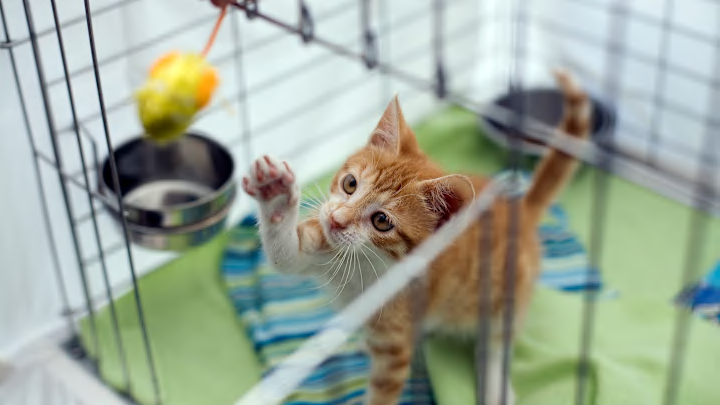How to Create a Pet-Friendly Garden

The first step in creating a pet-friendly garden is to choose plants that are safe for your pets. Many common garden plants can be toxic if ingested, so it’s important to research and select pet-safe options. Some pet-friendly plants include marigolds, sunflowers, rosemary, and snapdragons. Avoid plants like lilies, azaleas, and daffodils, which can be harmful to pets. If you’re unsure about a specific plant, consult with your veterinarian or do some research to ensure it’s safe for your furry friend.
Once you’ve chosen your plants, consider how you’ll arrange them in the garden. Designating specific areas for your pet to explore and play can help keep them away from delicate plants or garden beds. For example, you might create a designated digging area for your dog by filling a section of the garden with soft soil or sand. This can satisfy their natural digging instincts while protecting your other plants. You can also create paths or open spaces where your pet can roam freely without damaging your garden.
Shade and shelter are important considerations in a pet-friendly garden. Provide shaded areas where your pet can escape the sun, especially during hot weather. You can achieve this by planting trees, adding a pergola, or using shade cloth. Additionally, consider creating sheltered spots where your pet can take refuge from rain or wind. A covered porch, outdoor dog house, or a cozy nook under a shrub can provide comfort and protection.
Water is another essential element in a pet-friendly garden. Ensure that your pet has access to fresh water while they’re outside. You might install a pet fountain or place water bowls around the garden. If you have a pond or water feature, make sure it’s safe for your pet by adding a shallow edge or a ramp to prevent accidental drowning. Be mindful of using non-toxic water treatments if your pet is likely to drink from these sources.
Fencing is crucial for keeping your pet safe in the garden. A secure fence will prevent your pet from wandering off or encountering potential dangers outside your property. For dogs, make sure the fence is tall enough to prevent jumping and secure at the base to prevent digging underneath. For cats, consider adding a cat-proof fence or enclosure that allows them to enjoy the outdoors while staying safely contained.
Finally, consider adding pet-friendly features to enhance your garden’s appeal. A sandbox or digging pit can provide endless entertainment for dogs, while cats might enjoy a climbing structure or elevated platforms. You can also plant herbs like catnip or cat grass to create a sensory garden that your pets will love to explore.
In conclusion, creating a pet-friendly garden involves careful planning and attention to your pet’s needs. By choosing safe plants, providing shade and water, and incorporating pet-friendly features, you can design a garden that is both beautiful and enjoyable for your furry friend. A well-thought-out garden can offer a safe and stimulating environment where your pet can thrive.